30 Animals You Probably Didn’t Know Exist
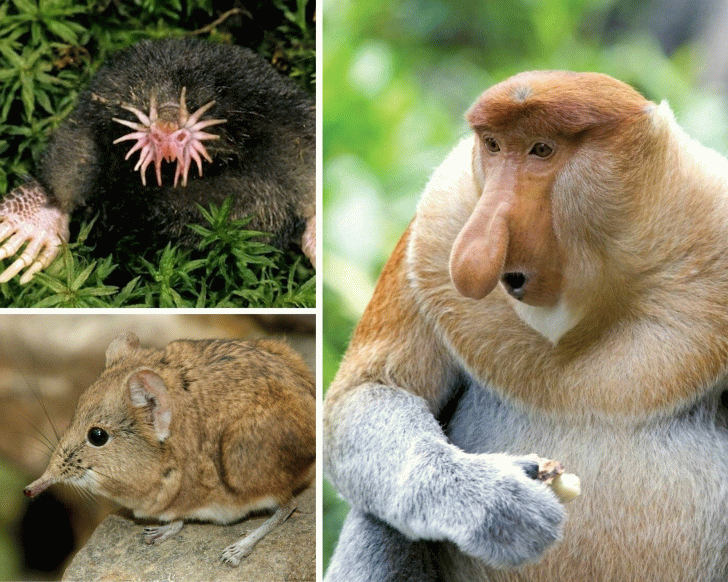
The world around us is full of adventures and creatures that we have never seen. It may seem unbelievable that there are animals out in nature that look so unusual and weird that even our imagination could not possibly picture them.
Some of these unfamiliar creatures might seem even scary. However, learning about them is crucial to understand and appreciate our surroundings and the role that each of them plays in a specific ecosystem. Keep reading to learn more about these creatures and the dangers they face each day.
Okapi
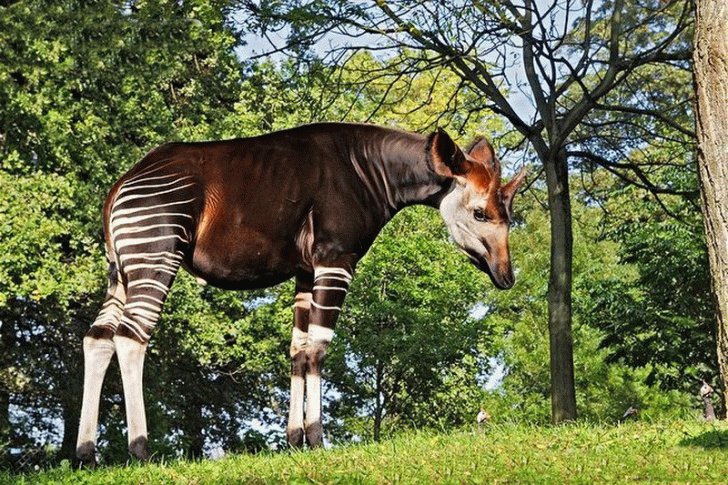
Image source: kienthuc.net.vn
The Okapi (also known as “forest giraffe”) is an endangered animal that lives in the rainforest. This mammal is similar to both zebra and deer. However, it is only the giraffe’s living relative. The Okapi prefers a solitary lifestyle and has a plant-based diet.
Patagonian mara

Image source: Pinterest
Patagonian maras look like huge rodents and stay monogamous for life. Patagonian maras are great at running and always travel with a partner. Male Patagonian maras are extremely protective over their partners and attack any predator/rival in case of emergency. Patagonian maras can be found in central and southern Argentina.
Star-nosed mole
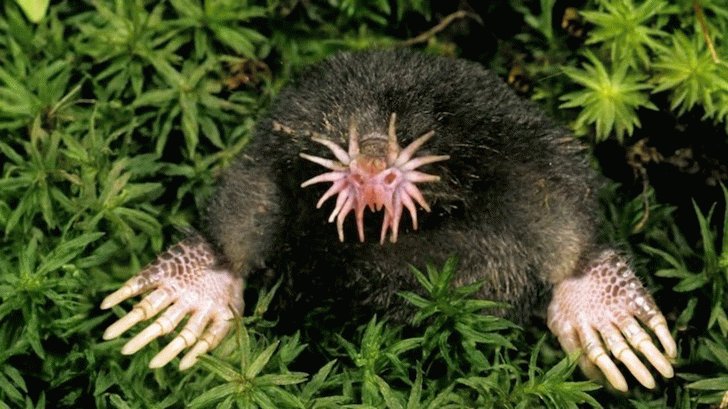
Image source: klikk-no
Star-nosed moles may seem extremely weird and maybe even disturbing, but their skills are more than surprising. With the help of a star-shaped (hence the name) organ, star-nosed moles can devour an insect in less than a second. Moreover, they are one of two animals that can smell under the water.
Elephant shrew
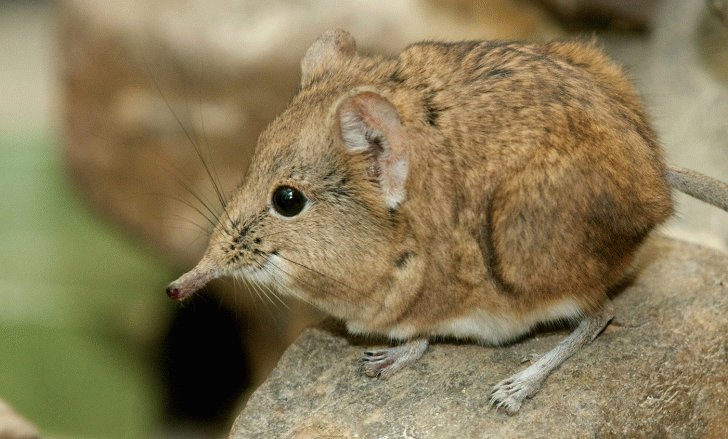
Image source: Mutually
One might suggest that the elephant shrew is not different from a regular mouse, but surprisingly it is related to elephants, aardvarks, and sea cows. Elephant shrews pursue a monogamous lifestyle. However, they do not spend most of their time with a partner. Elephant shrews always know where to find their partners with the help of scent markings.
Bilby
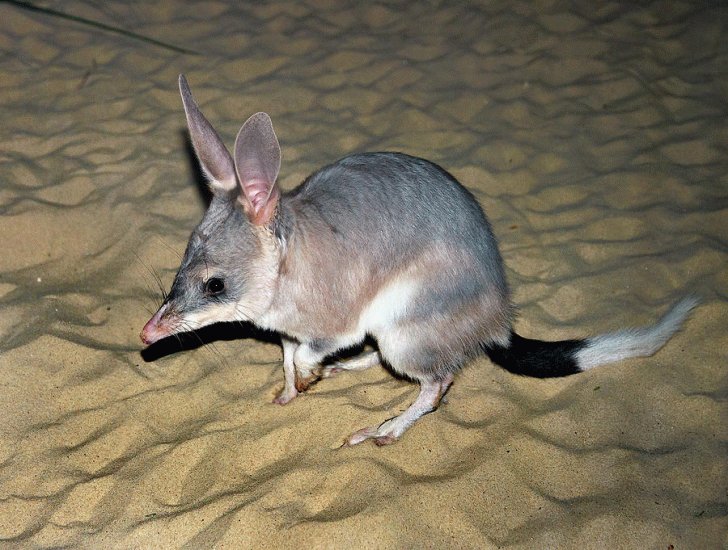
Image source: Nhandan.vn
Bilby (also called greater rabbit-eared bandicoot) is native to Australia. Bilbies have multiple burrows that act like nurseries or hiding spots from predators. They are solitary animals. Usually, they live for 6-7 years. Bilby is an endangered mammal. There are only several hundred Bilbies left in Australia.
Markhor

Image source: Dailyhunt
Markhor is also called "Flare-horned Markhor". It is pretty popular in Turkmenistan and Pakistan. According to the local folklore, it has special powers because of the horns. Unfortunately, mainly due to overhunting, Markhor belongs to the list of endangered animals.
Raccoon dog
![]()
Image source: Megapixel.cz
Ok, which one is it raccoon or a dog? Well, raccoon dogs belong to the dog family. However, do not even consider having them as a pet. They are wild animals and can not be domesticated. Raccoon dogs hibernate in pairs from November till April.
Red panda

Image source: Pinterest
Due to the loss of forests and bamboo, Red pandas have become endangered animals. They use their long, bushy tails for balance, and during winter months, cover themselves with the tail for extra warmth. The red panda is the state animal of Sikkim, India. There is a winter festival solely dedicated to it.
Numbat
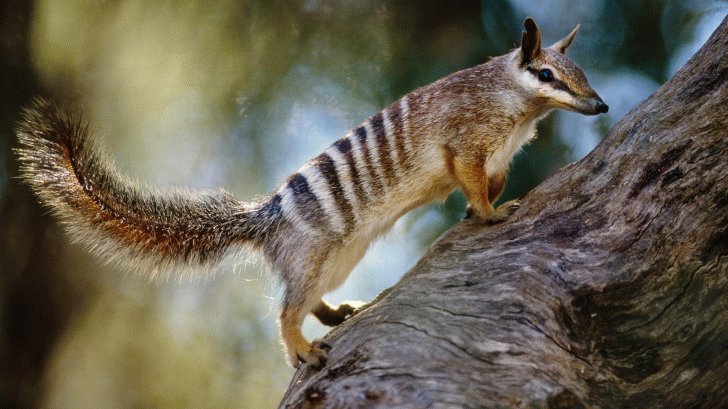
Image source: Brainstudy
Numbats are natives of Australia. They live in hollow logs or little borrows. Their only source of food is termites. In the morning, when the soil heats up, termites move towards shallow tunnels below the ground numbats use their paws to dig and catch termites with their long tongue.
Capybara
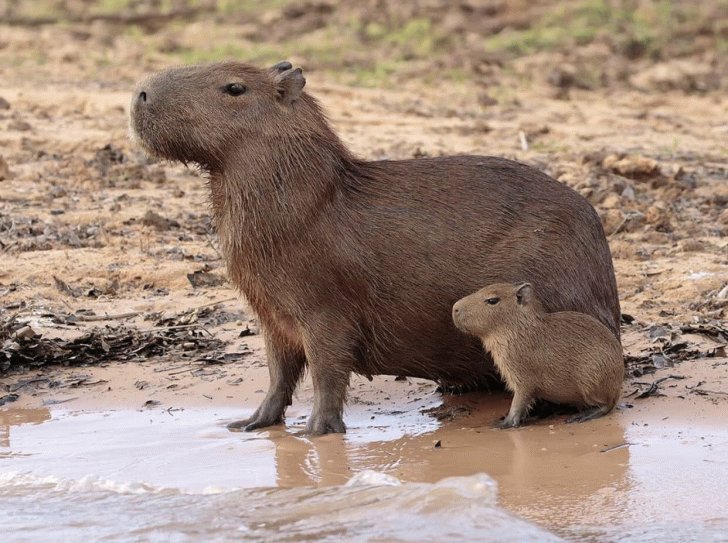
Image source: Dailywildlifephoto
Capybaras like beavers are great swimmers. They are not necessarily dependent on their mates but sometimes live in groups (up to 40). Even though they are listed as least concern by the IUCN, a huge threat they face each day is people who hunt Capybaras for their skin.
Fennec fox
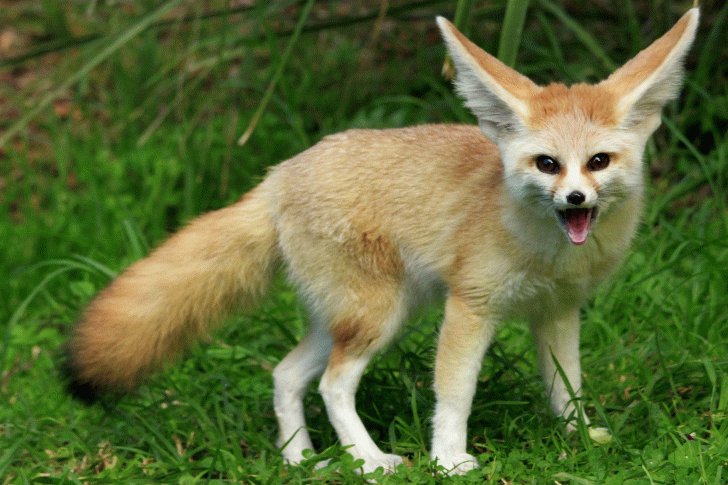
Image source: Pinterest
The unusual feature of the Fennec fox is its enormous ears. The size of those ears is connected to this fox’s ability to find prey in the desert, underneath the sand. The Fennec fox is the palest one among all foxes and can hide from predators in the desert pretty easily.
Slow Loris
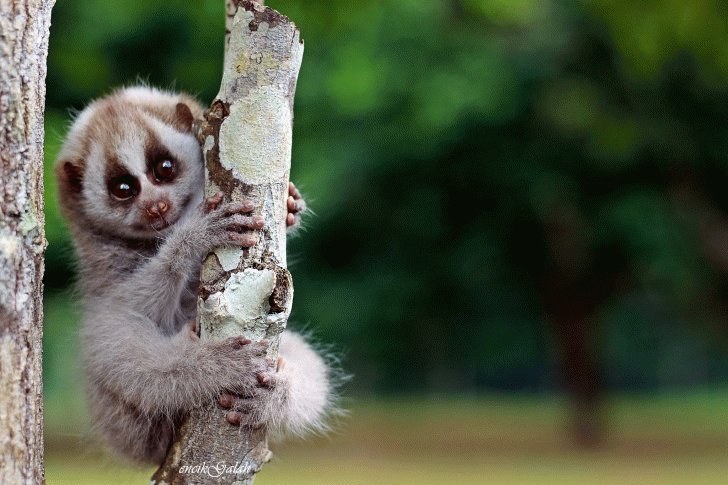
Image source: animalplanet.gr
This nocturnal animal looks cute and naive, but actually, it can protect itself quite well. When the Slow loris sees a predator, it can stand still, without a single movement, for quite some time. Moreover, it can produce flesh-rotting venom and seriously damage its opponent.
Mexican mole lizard
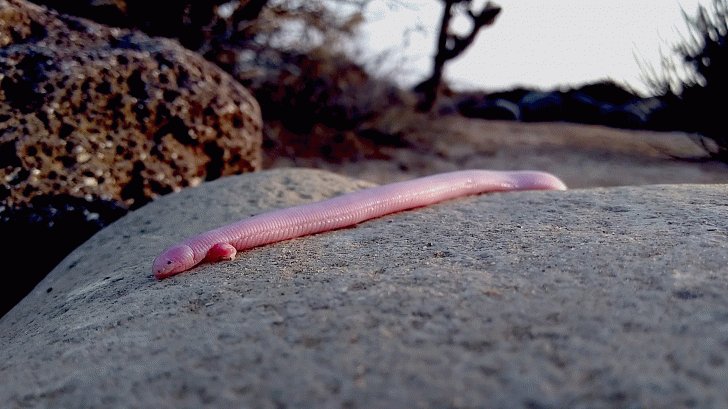
Image source: Biographic
This unusual five-toed Mexican mole lizard can be found only on the Baja California Peninsula of Mexico. One might ask, "why does it have limbs?"; Well, the Mexican mole lizard is a burrowing type. Therefore, strong limbs are more than essential for digging purposes.
Gerenuk
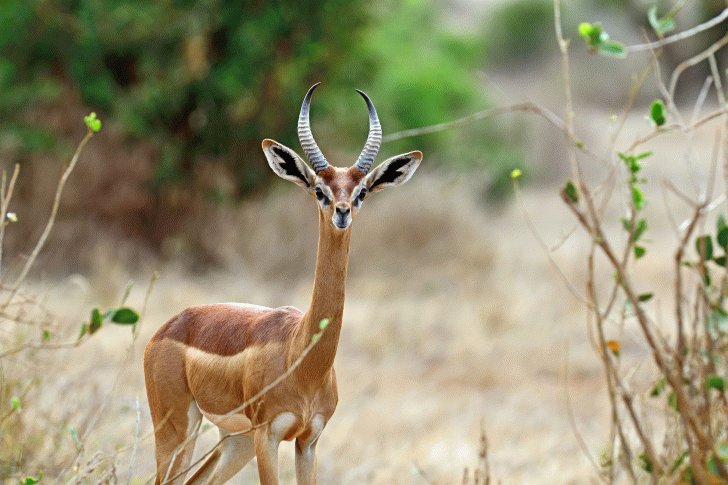
Image source: Natural Travel Africa
The Gerenuk Can be found in the horn of Africa. Its long neck is the result of adaptation to selective nibbling. The Gerenuk is a shy, unsociable animal that lives in the thornbush. The semiprivate environment allows the Gerenuk to be safe and alone.
Gobi Jerboa
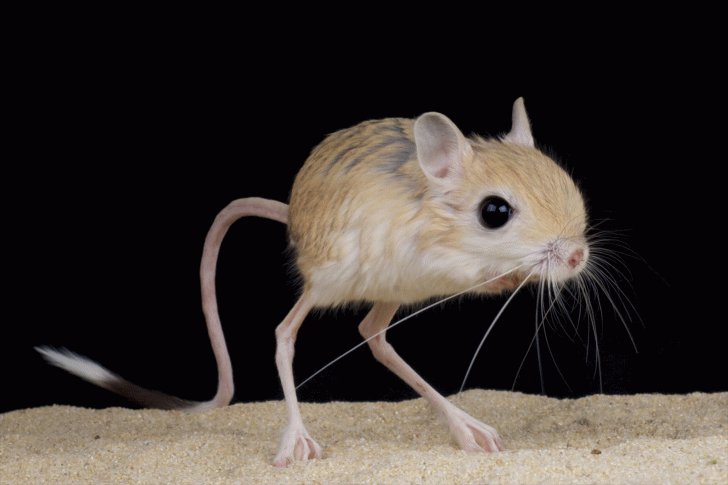
Image source: hotelzodiacobolsena.site
The Gobi Jerboa lives in the desert in Central Asia. To avoid extreme temperature, it builds burrows for each season and hibernates during winter. Even though each Gobi Jerboa lives in their burrow, during cold winters, they live in groups to warm each other.
Pink fairy armadillo
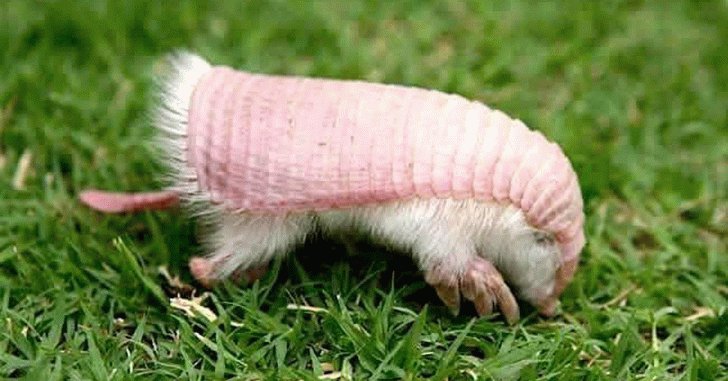
Image source: Massivelyop
Pink fairy armadillo, also known as Pichiciego, is 5-inch long, which makes it the smallest of armadillos. Unlike other armadillos, Pichiciego uses its shell for thermoregulation rather than armor. It has the nickname “the sand swimmer” since moving underground is the easiest task for Pichiciego.
Zebra Duiker
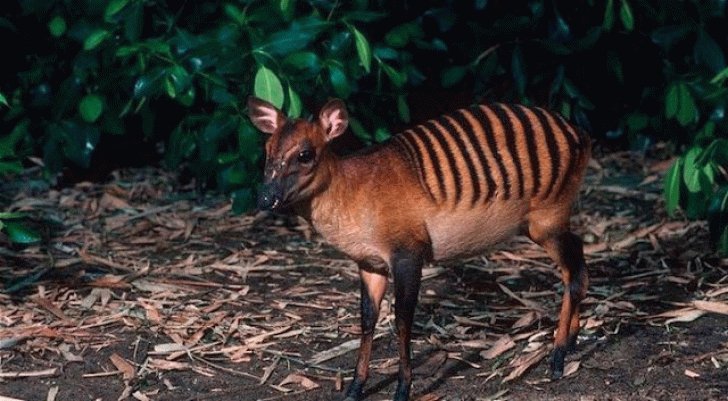
Image source: Knowledgeblog2014
This small (40-50cm tall) animal is a Zebra Duiker that pursues a solitary lifestyle. However, once it is mating or raising an offspring, male and female Zebra Duikers spend most of their time together. They even defend their territory by using horns once faced with danger.
Maned wolf
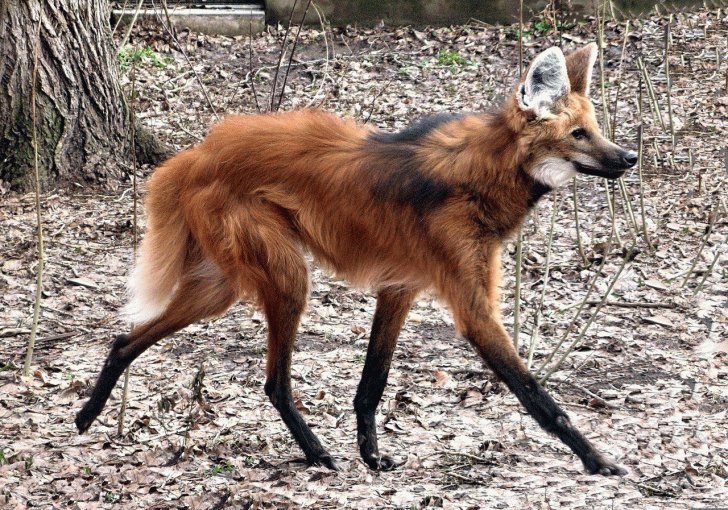
Image source: Pinterest
Even though this animal looks more like a tall fox, it has no connection with foxes or even with wolves. It represents a distinct species. Maned wolves mark their territory and live in monogamous pairs. Also, they are big fans of not only meat but various fruit and vegetables too.
Panda ant
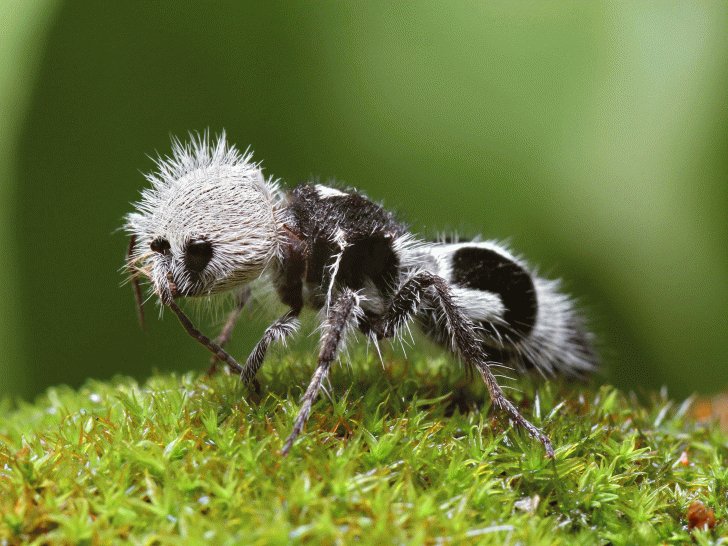
Image source: National Geographic. Photo by Chris Lukhaup
It might be a surprise that the panda ant not only has stolen its look from pandas but also the name "ant"; Actually, it is a wasp, not an ant. Female panda ants look more like ants and sting pretty badly, therefore, the panda-like look can be a warning for enemies.
Indian purple frog
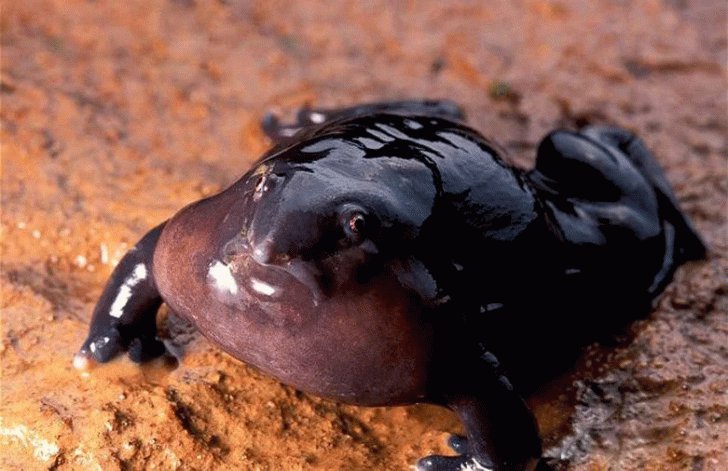
Image source: Pinterest
The Indian purple frog is on the alarming list of endangered animals because of deforestation and consumption. Due to its burrowing lifestyle, this type of frog was only discovered in 2003. Unlike other frogs, it has short legs, therefore, cannot leap.
Shoebill
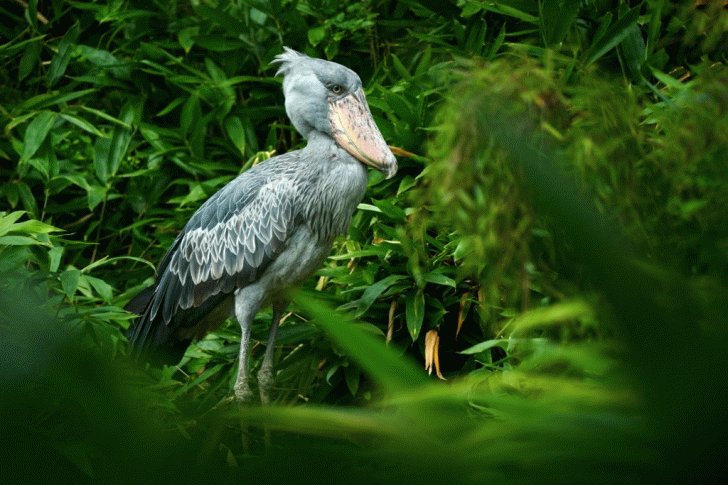
Image source: Scenic Hunter
For some, Shoebill might seem like another scary-looking bird with a weird name, but once they learn that it can eat huge fish and baby crocodiles, maybe they reconsider. Its large bill is the result of adaptation for catching slippery prey. And it is doing its job successfully.
Saiga antelope
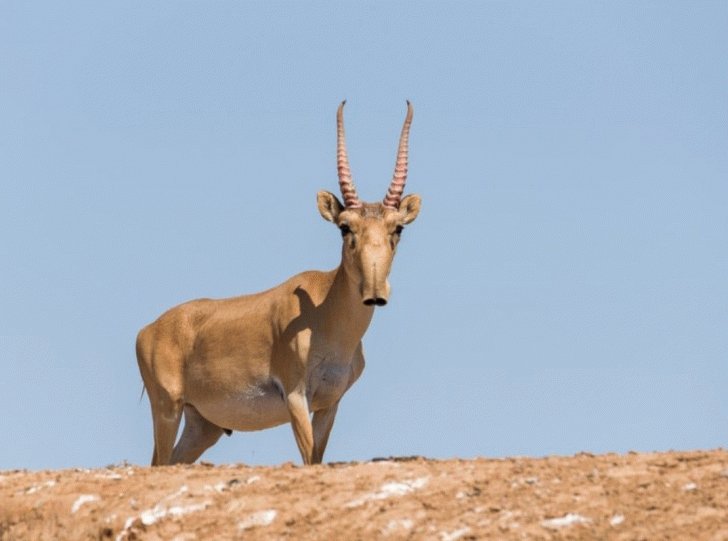
Image source: Pinterest
The Saiga antelope’s homeland is the semi-deserted grasslands of Central Asia. The weird-shaped nose helps them to filter dust during dry summers. The Saiga antelope is critically endangered. Its horns are extremely valuable for Chinese medicine. During the 90s, the number of Saiga antelopes decreased immensely due to overhunting.
Coatimundi
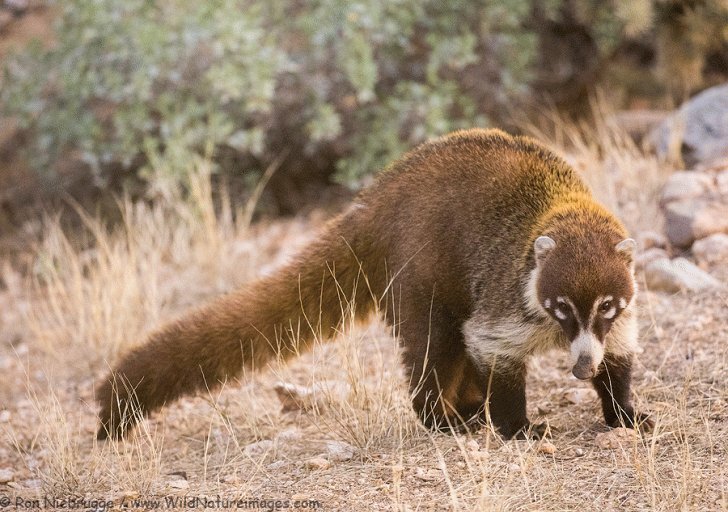
Image source: Pinterest
It should not be a surprise to find out that the Coatimundi is a relative of the Raccoon. The Coati is a social animal and can be seen in a group of 20. This long beautiful tail is not just for the looks but also for balancing while climbing trees.
Lowland streaked tenrec
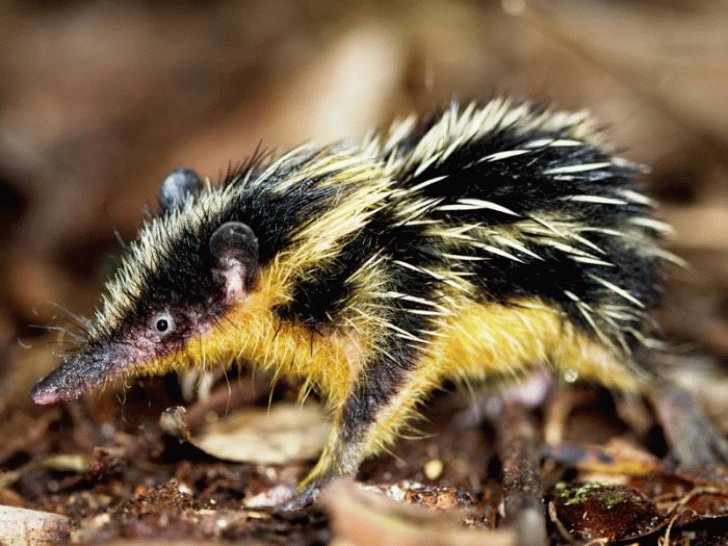
Image source: Reddit
Lowland streaked tenrec, like other animals in Madagascar, faces various population threats, including deforestation. The quills around its neck come in handy once presented with danger. Tenrec can prickle their enemy if necessary. Otherwise, it is quite sociable and lives in family groups.
Sunda colugo

Image source: Trendsmap
Sunda colugo, also known as the Sunda flying lemur, does not fly rather glide among trees. It lives in the forest and the offspring is carried by a female’s abdomen for 60 days. As skillful it looks while moving from one tree to the other as clumsy it is on the ground.
Quoll
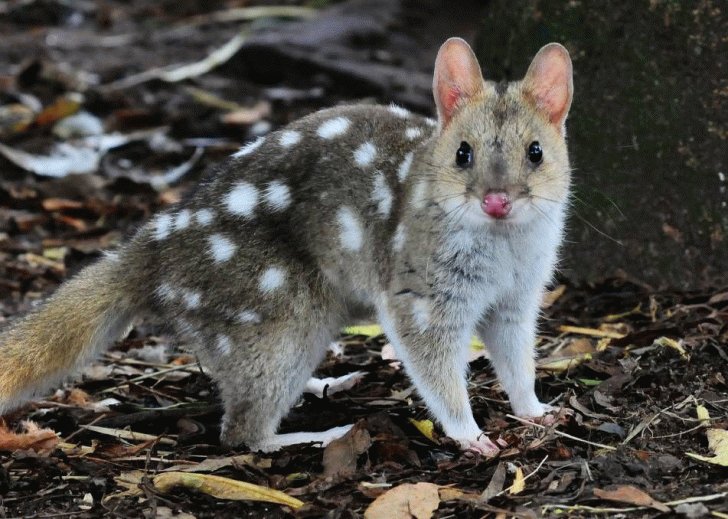
Image source: Pinterest
This cute-looking marsupial can be found only in Australia and New Guinea. European settlers called Quoll "native cat". However, unlike cats, Quolls are nocturnal animals and sometimes travel miles for hunting purposes. Unfortunately, Quolls are endangered marsupials that face various threats daily.
Proboscis monkey
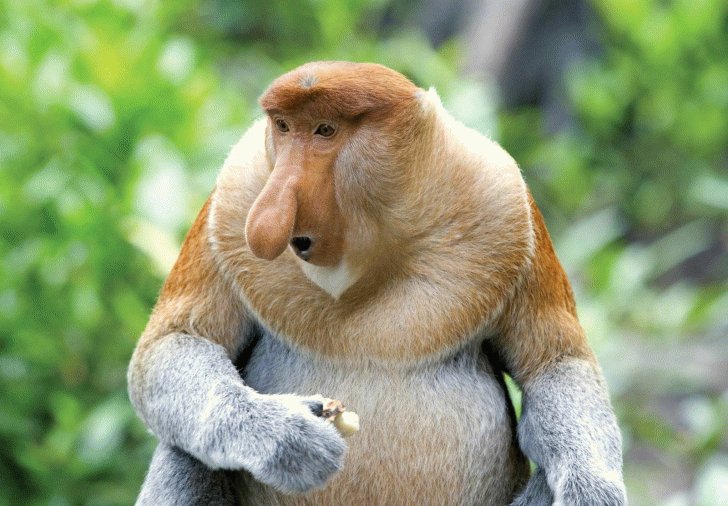
Image source: Ylilauta
Proboscis monkeys can be found on the island of Borneo. For some, the nose of a Proboscis monkey might look weird, but surprisingly males use this organ to attract females. It is worth noting that Proboscis monkeys are amazing swimmers and can even swim away from crocodiles.
Tufted deer
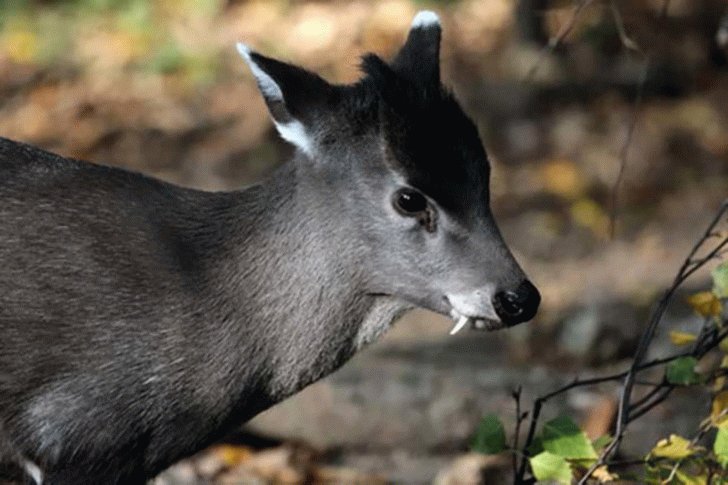
Image source: Lematin
Tufted deer is a solitary animal, sometimes found in pairs. They have “tufted” in the name because of the tuft of hair on the forehead. These mammals are quite alert, make a barking sound once in danger and run away haphazardly.
Snub-nosed monkey
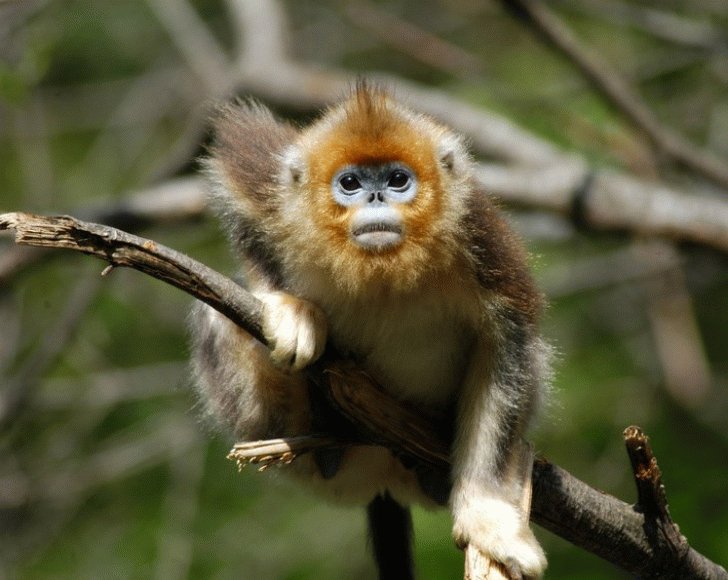
Image source: Chovzvirat
Snub-nosed monkeys (there are 4 species) can be found in west-central China and northern Vietnam. Since this type of monkey lives only in certain types of forests, including montane forests, the loss of forests is a huge threat to the species.
Albino Chinese softshell turtle
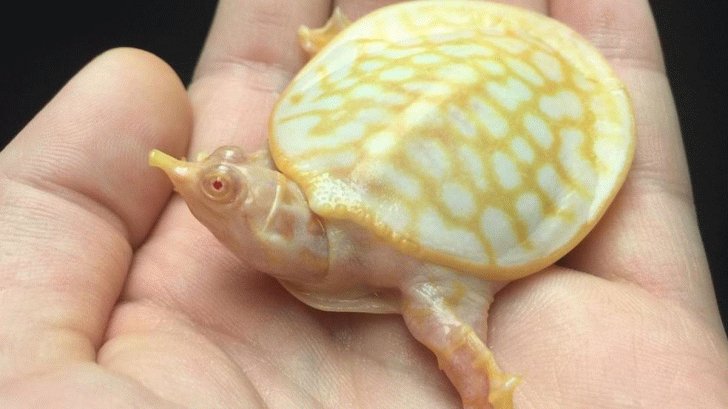
Image source: Pinterest
Due to its unusual appearance, this softshell turtle is a popular pet in Italy. Although, since its softshell is easily affected by infections, taking care of its habitat takes some time. Even though this type of turtle is 9-10 inches, having a large 120-gallon tank is required if you would like to keep it as a pet.